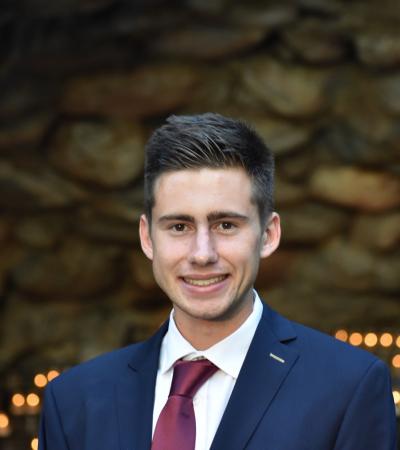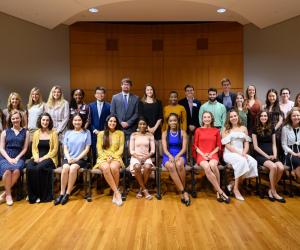This bio is current as of 2020.
After graduating Notre Dame in 2019, Dante Domenella is currently pursuing a Ph.D. in economics at Stanford University. While still uncertain of his precise academic specialty, he has been studying labor markets, public economics, health policy, and innovation both from a theoretical perspective in class and for my own research. Recently, Domenella has been interested in applied econometrics and discrimination. In his spare time, he enjoys running, reading a good book, and learning new languages.
This bio was current as of 2019 when he was part of the on-campus Kellogg community.
U.S. cities have different policies for overflow homeless shelters. If the temperature falls below a certain threshold in a city, the government may legally require anyone on the streets to be housed. The effectiveness of these policies, though, has yet to be examined. Specifically, it is unknown whether overflow homeless shelters reduce mortality due to cold weather or hypothermia. Using state, county, and city policies, along with mortality data, Dante Domenella is investigating the effect of overflow homeless shelters on cold weather mortality rates.
As a Kellogg research assistant, Domenella currently works with Professor Kirk Doran on his education research. Before working with Professor Doran, Domenella worked with Professor Amitava Dutt, as he explored the role of women’s empowerment in promoting Bangladesh’s unique health progress. After his sophomore year, Domenella received an Experiencing the World fellowship to intern and perform research at a microfinance institution in Cusco, Peru. He also has experience with Notre Dame International, including study abroad experiences in Spain, Jerusalem, and Jordan. Finally, Domenella is very involved with the Center for Social Concerns and Dillon Hall.
Thesis Title: How Overflow Homeless Shelters Affect Mortality Rates
Thesis Adviser: Jim Sullivan
Current Research
I am helping Professor Doran look at the impact of Rosenwald schools in the South on innovation. Created in the early 20th century, these schools were designed to improve educational outcomes of black residents in the South.
Research Advider
James Sullivan







